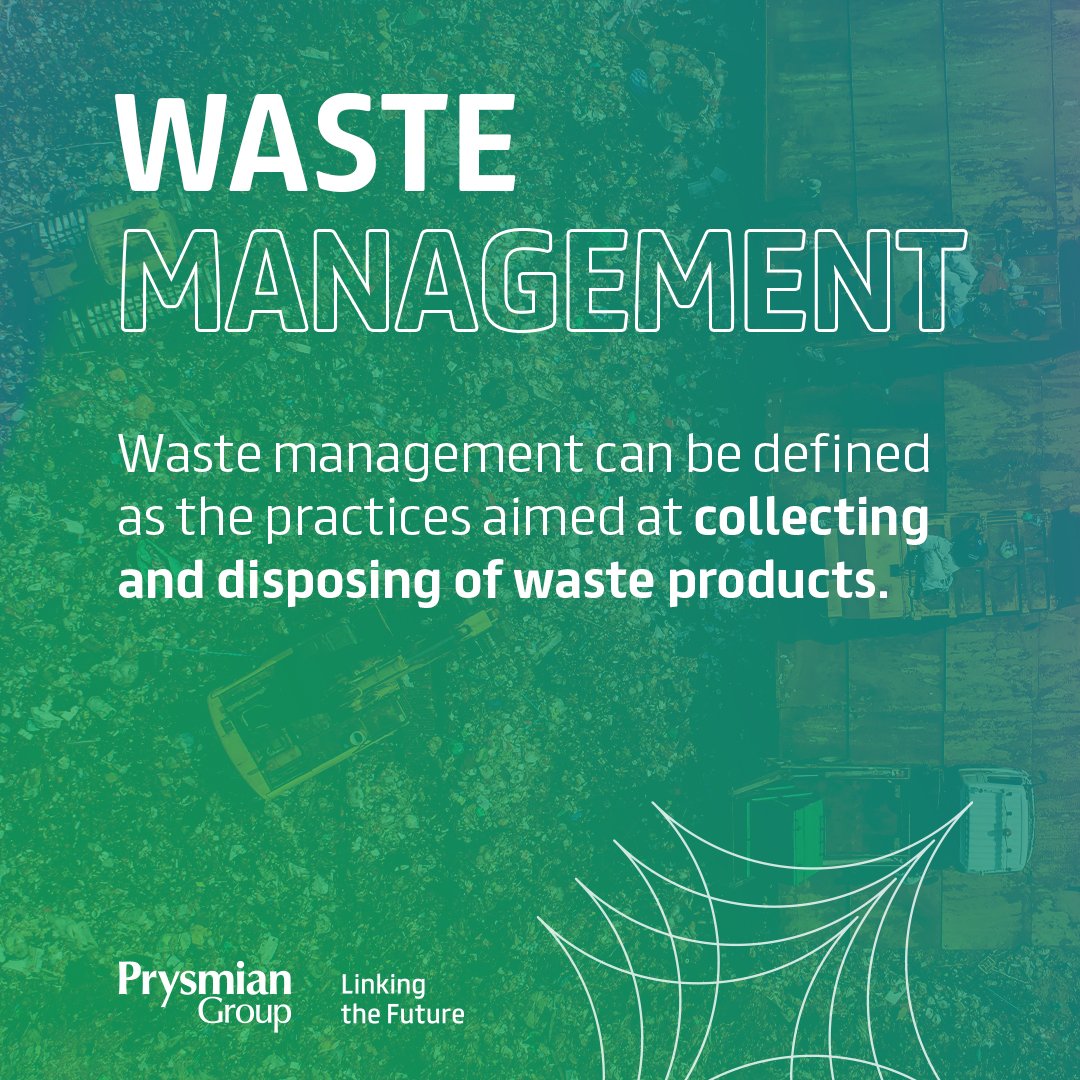The Reclaim Waste Ideas
The Reclaim Waste Ideas
Blog Article
Reclaim Waste Fundamentals Explained
Table of ContentsNot known Factual Statements About Reclaim Waste Some Known Facts About Reclaim Waste.Fascination About Reclaim WasteSome Known Facts About Reclaim Waste.A Biased View of Reclaim WasteThe smart Trick of Reclaim Waste That Nobody is Discussing

Never place damaging substances down sinks, bathrooms or stormwater drains pipes Compounds including petroleum, grease, oil, pesticides and herbicides, and solvents such as paint pole dancers must not be put down sinks, toilets or stormwater drains. These materials are tough to get rid of in the sewer treatment procedure and create contamination troubles in our neighborhood waterways.

Although liquid waste is a term that covers a wide variety of materials, there's an excellent reason leaving its disposal to the professionals is advised. Liquid waste is non-solid product that has no more use and needs to be treated and disposed of according to regional, state and federal laws.
6 Simple Techniques For Reclaim Waste
Examples of liquid waste can include wastewater, fats, oils or grease, made use of oil, fluids, solids, gases or sludges and unsafe house liquids, there are some that are considered to be extra unsafe than others when it comes to the setting and the health of pets and human beings alike. It's because of this that each state and area have rigorous laws connected to liquid waste management.
Fluid waste can be kept in holding storage tanks or packaged in drums, intermediate bulk containers or authorized small containers prior to either being dealt with or removed using outsourced vacuum trucks. Offered the nature of the materials, fluid waste can not enter the general waste stream and there are rigorous guidelines on how to deal with it correctly.
(https://profile.hatena.ne.jp/reclaimwaste1/)Relying on a resolution of the level of risk, it may be necessary to remediate those websites. In addition, unsafe liquid chemical wastes are managed waste and must be tracked according to the state waste regulation. Under the chain of safekeeping and responsibilities, proprietors are responsible and accountable for waste created by a business.
One of the core applications for superabsorbent polymers (SAPs) is fluid waste solidification. industrial wastewater treatment. SAPs are used by waste administration professionals to stop possibly damaging fluids from getting in waterways, groundwater aquifers, and various other delicate environments. Because liquids can swiftly transfer pollutants into environmental receptors and possibly add to geotechnical failings, fluid wastes are often restricted from disposal in garbage dumps
More About Reclaim Waste
Basically, totally free liquids are liquids that separate from the solid portion of waste material. Fluid waste can consist of the following: HDD mud and cuttings Landfill leachate Wastewater therapy sludge & biosolids Dredged debris Oil and gas drill cuttings Working out pond muck Hydro Excavation slurry Coal burning residuals/ash Tank base sludge Concrete grinding/polishing slurry Related Short article: For a useful instance of free liquids dividing from waste product, think about the following scenario: A waste management professional tons a dump vehicle with sludge from a wastewater therapy plant's aeration basin, throughout a routine maintenance event.
However, when the vehicle driver gets here at the garbage dump, he notices water seeping from the sludge and putting from the dump truck. The load was rejected by the land fill and the motorist was required to get rid of the waste as a fluid waste at a special facility, which boosted the disposal fees enormously.
We also require to be accountable for the appropriate disposal of our waste products. It is not enough that we pay waste disposal firms to take treatment of our rubbish.
The Definitive Guide to Reclaim Waste

Segregating your waste can begin inside the home. Set apart dry and liquid waste as well as edible waste, naturally degradable and non-biodegradable products.
Layer the base with dirt to soak up the damp waste. Layer the garden compost with damp and completely dry waste as well as dirt to keep an equilibrium between the damp and the dry.
The Greatest Guide To Reclaim Waste
To facilitate faster disintegration, you can additionally add semi composted dirt to the garden compost. If you observe the scent is coming to be as well solid, add extra papers and paper waste or add even more openings to the compost bin to keep the equilibrium of the waste materials.
The world is sinking in rubbish and we can't manage to be reckless anymore. We need to do something about it and reuse whatever we can anywhere we can. We additionally require to be in charge of the correct disposal of our waste materials. It is insufficient that we pay waste disposal firms to take care of our rubbish.
Our waste, our responsibility. Have you ever questioned what takes place to your liquid waste after it's gathered? Did you understand that fluid waste can be reused?
Reclaim Waste Fundamentals Explained
Segregating your waste can start inside the home. Segregate dry and fluid waste as well as edible waste, eco-friendly and non-biodegradable products.
Layer the bottom with dirt to soak up the wet waste - liquid waste disposal. Layer the garden compost with wet and dry waste as well as dirt to keep a balance in between the damp and the dry.
Cover the compost container. When a week, include soil in addition to the compost. To facilitate faster decomposition, you can additionally add semi composted soil to the compost. Preserve the compost. If you notice the scent is ending up being as well strong, include additional papers and paper waste or add more openings to the compost container to keep the equilibrium of the waste materials.
Report this page